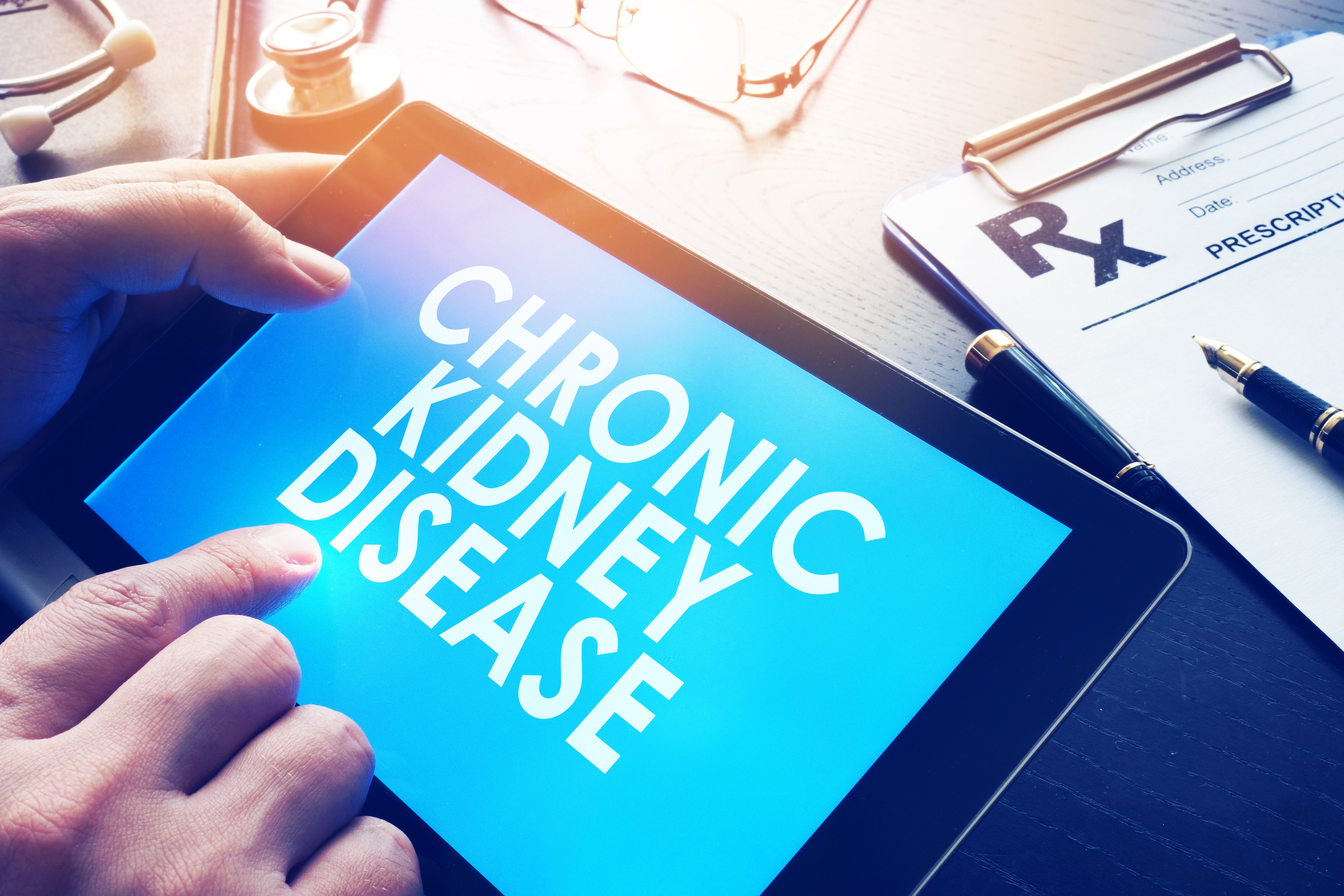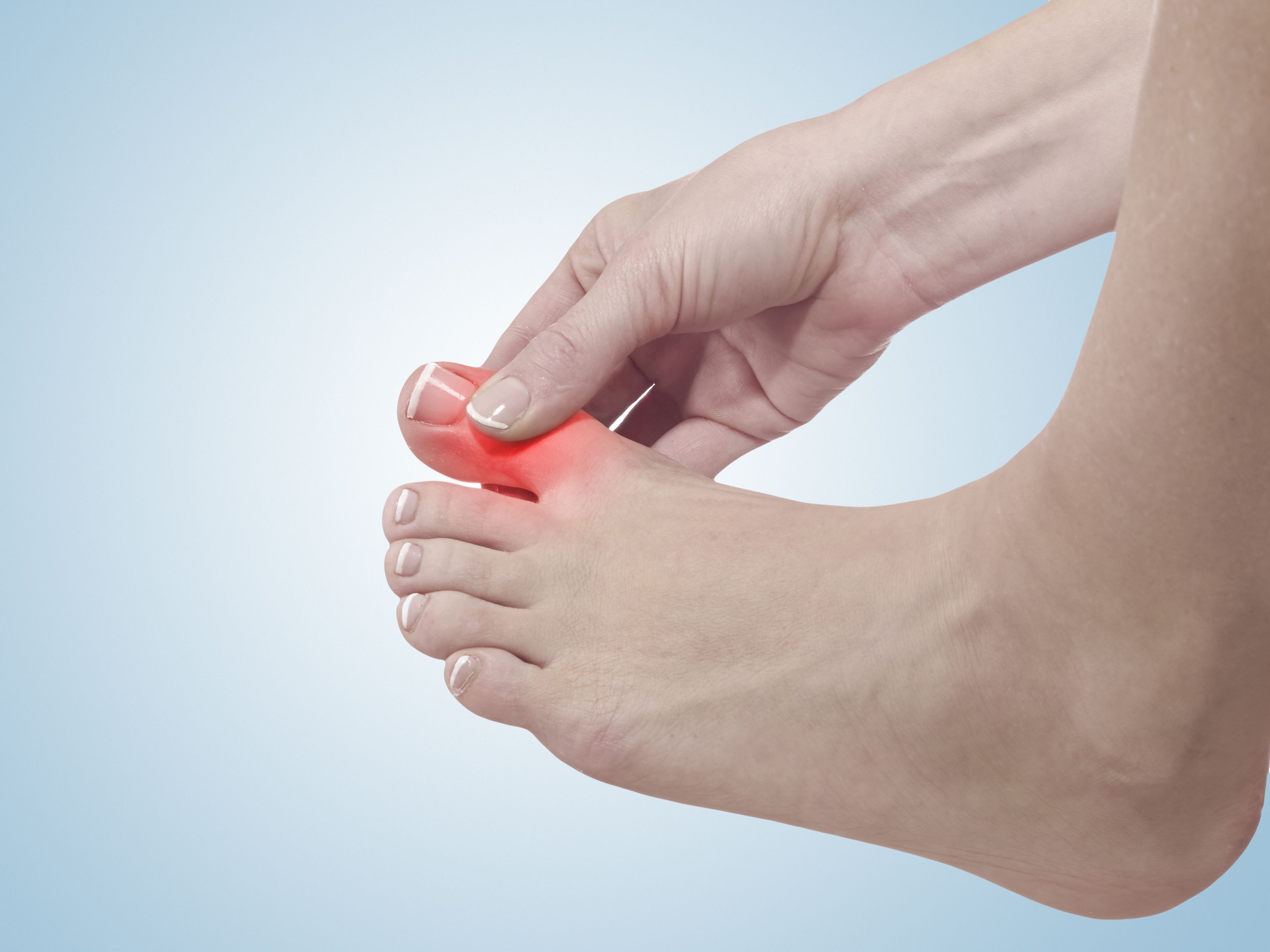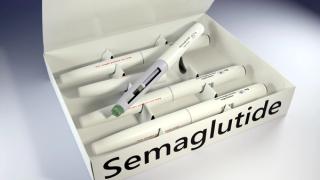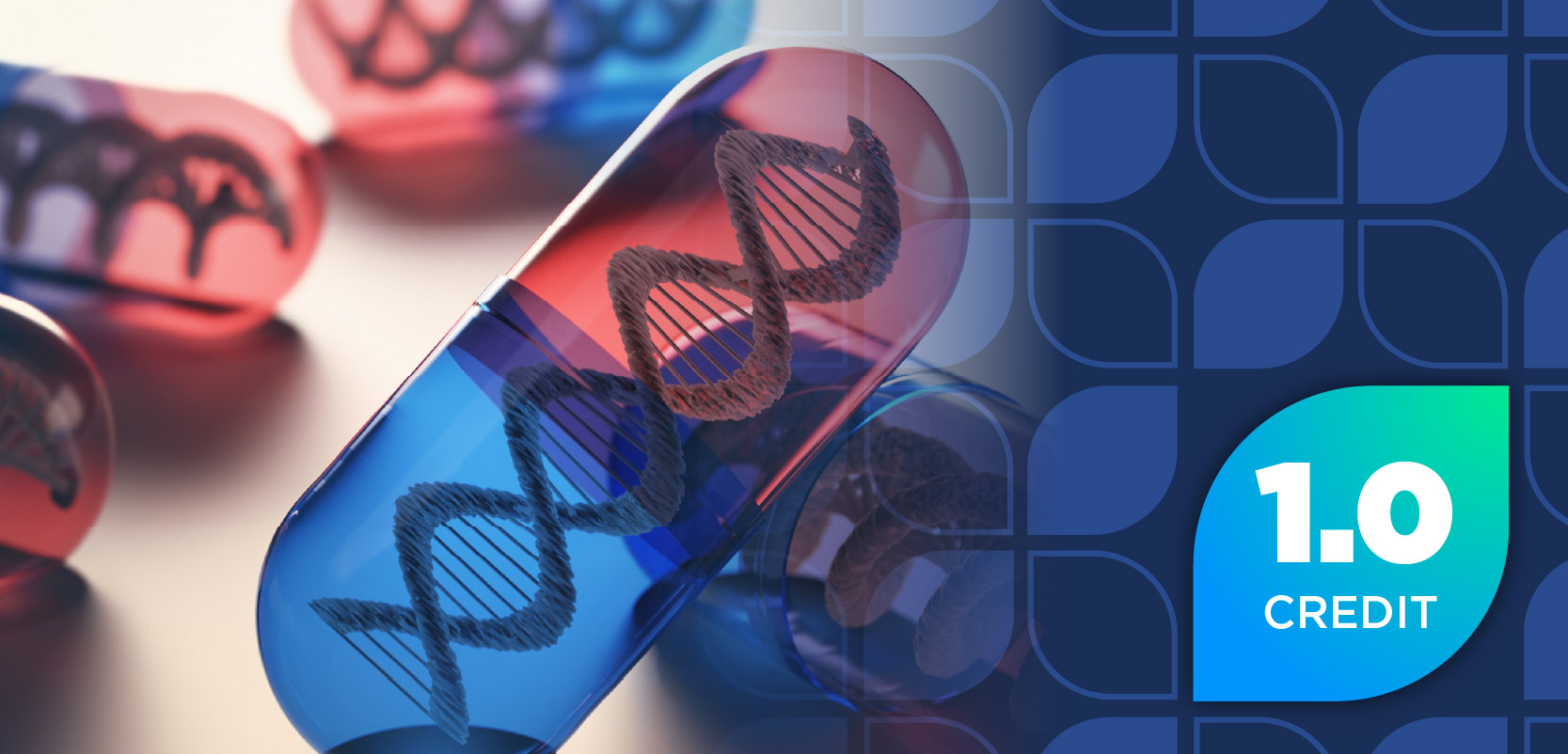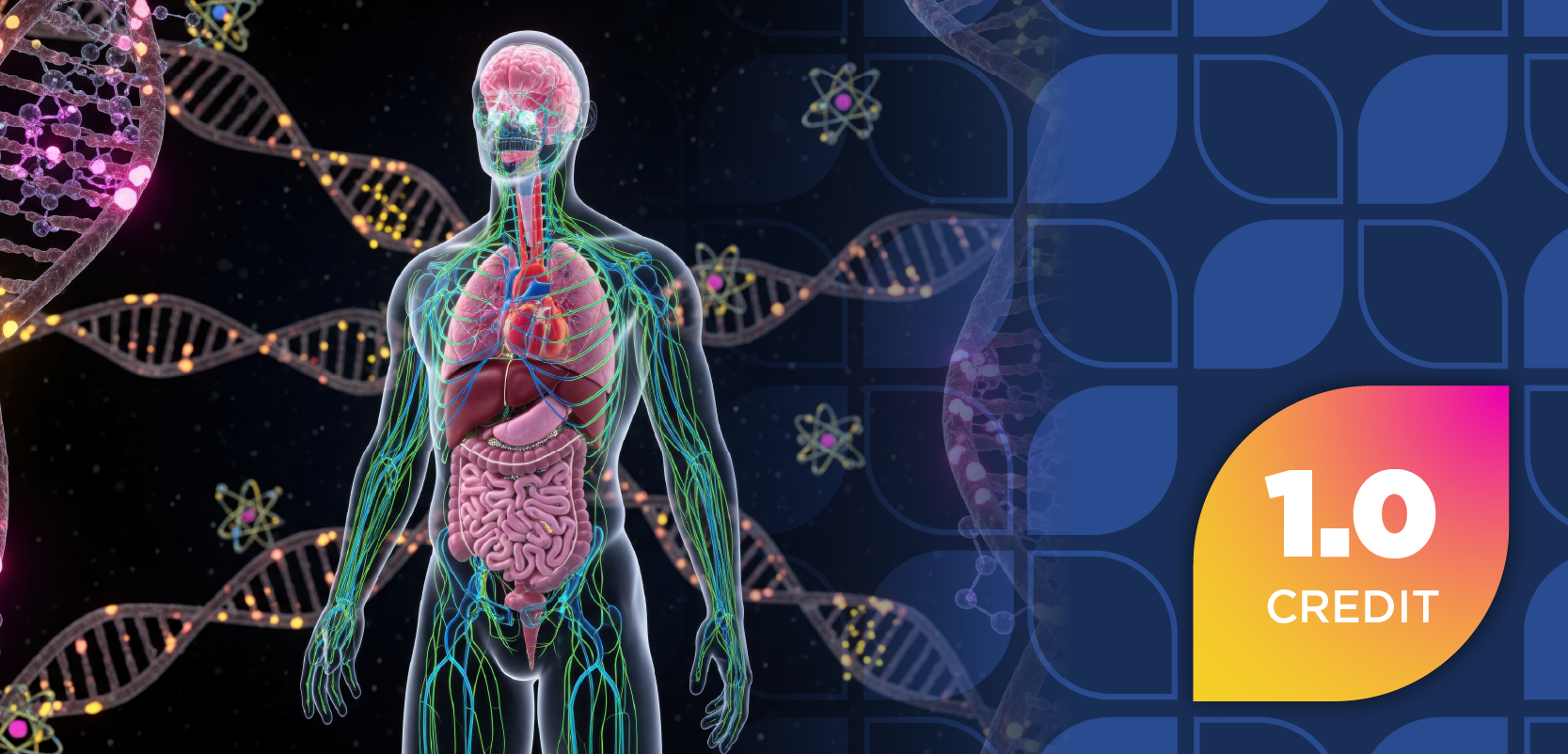
Chronic Kidney Disease
Latest News
Latest Videos

Shorts
CME Content
More News
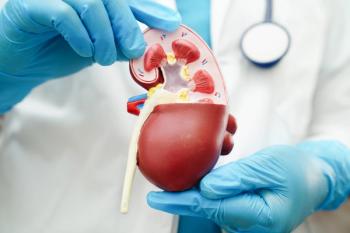
Data show the overall use of sodium-glucose cotransporter 2 (SGLT2) inhibitors among study participants with chronic kidney disease (CKD) was about 14.8%.
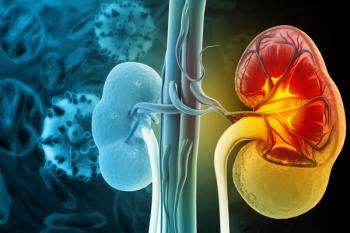
Particularly, younger women with chronic kidney disease (CKD) experienced the greatest survival disadvantage.

The research further emphasizes the need for more attention on both chronic kidney disease (CKD) and mental health conditions.
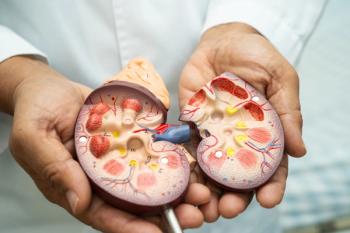
New findings reveal lorundrostat significantly lowers blood pressure and albuminuria in patients with chronic kidney disease, enhancing standard treatment efficacy.
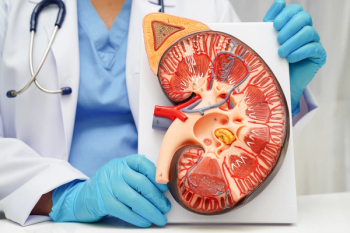
Experts at AHA 2025 advocate for integrated care in T2D and CKD, emphasizing cardiovascular risk management to enhance patient outcomes.

Research highlights significant barriers to contraceptive use and reproductive health management for women with chronic kidney disease (CKD), urging improved nephrology care.
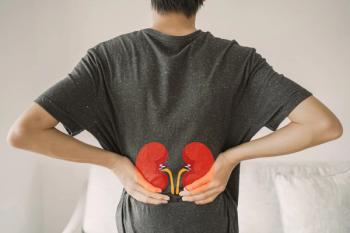
Although the incidence of vascular assess-associated infections (VAIs) was low, the incidence caused by noncuffed catheters (NCC) was high.
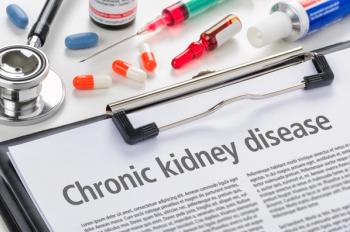
These negative effects were primarily presented when cells were stressed by inflammatory proteins in patients with chronic kidney disease (CKD) with APOL1 mutations.

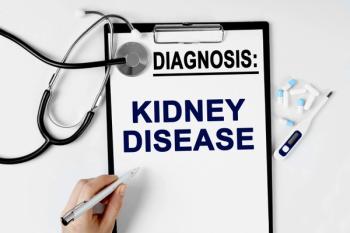
In chronic kidney disease (CKD), SDMA showed a stronger connection to vascular health compared with ADMA.

The authors wrote that patients with CKD who are younger than 60 years may be at a greater risk of depression.

In a recent study, machine learning demonstrated its ability to predict progression to end-stage renal disease among patients with chronic kidney disease (CKD).
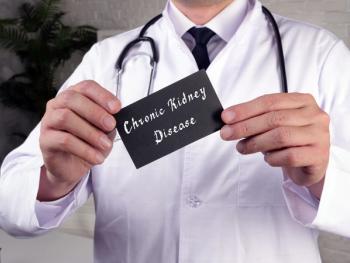
The findings were presented at the 2025 American Heart Association Hypertension Scientific Sessions and published in the Journal of the American Society of Nephrology.
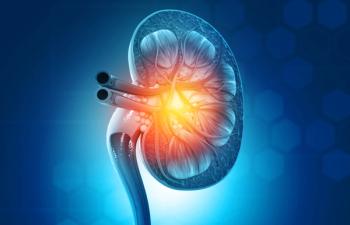
The 2 abstracts, which were presented at the European Society of Cardiology 2025 Congress, utilized data from the CDC WONDER database.

Compared with rivaroxaban, abelacimab significantly lowered bleeding risk in patients with atrial fibrillation regardless of kidney function.

Future research should focus on optimizing drug design, mitochondrial biogenesis regulation, and establishment of treatments for acute kidney injury (AKI).

The FDA updated sparsentan's REMS, easing monitoring requirements, enhancing treatment access for IgA nephropathy patients, and supporting kidney function preservation.
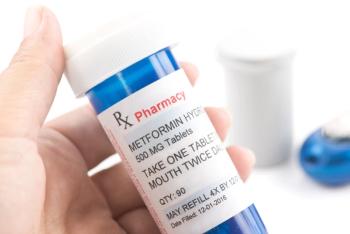
If long-term efficacy results are positive, metformin can become an accessible, affordable treatment option for autosomal dominant polycystic kidney disease (ADPKD).
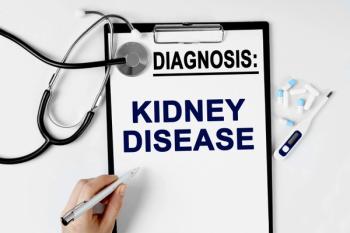
Unicycive Therapeutics secures a US patent for UNI-494, a promising treatment for chronic kidney disease, enhancing its development and partnership potential.

Tenapanor offers a new approach to managing hyperphosphatemia in dialysis patients, balancing effectiveness with pill burden and cost considerations.
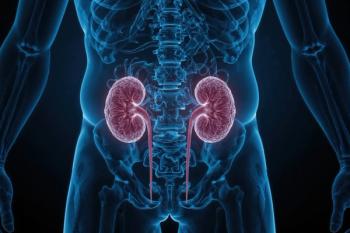
A collaborative care model enhances education and management for patients with chronic kidney disease, improving outcomes and understanding.
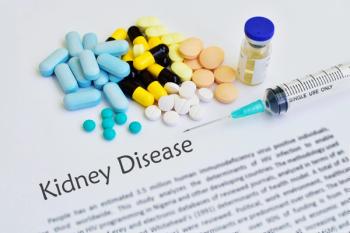
New research reveals that novel biomarkers enhance risk prediction for kidney failure and mortality in chronic kidney disease (CKD), paving the way for personalized treatment.

Pharmacists should consider GLP-1 receptor agonists as second-line agents in older adults with DKD when additional glycemic control is needed.

The researchers speculate that this is because of the antioxidant and anti-inflammatory properties of coffee and tea.
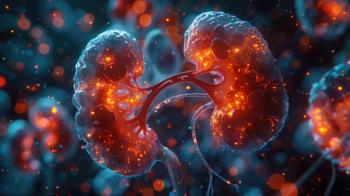
The authors note that the findings can have significant public health implications given the widespread water chlorination and increased chronic kidney disease burden.

